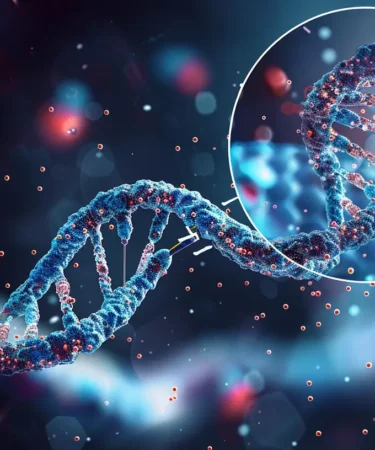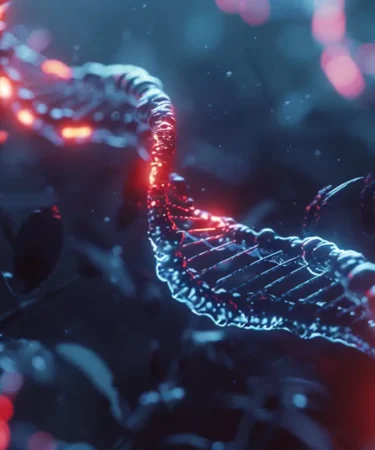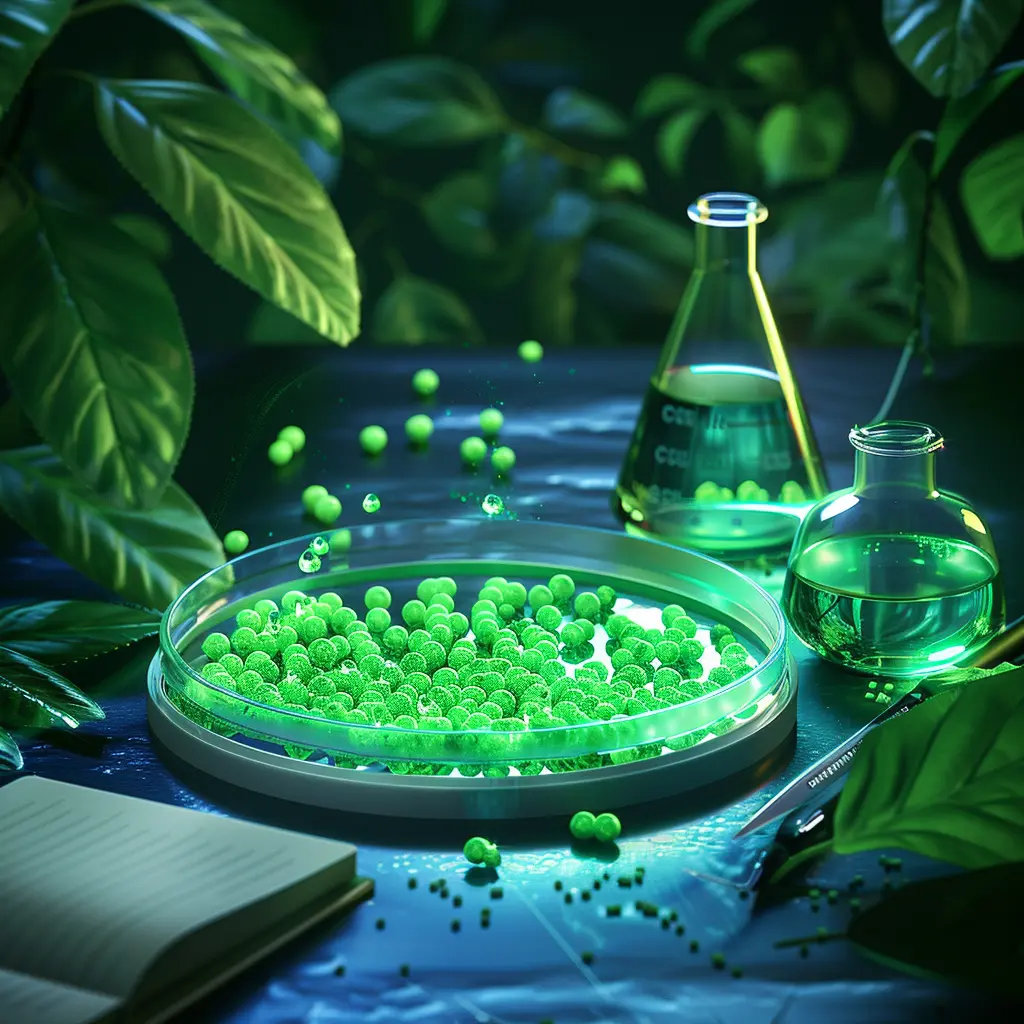Imagine walking through a vibrant urban garden on a sunny day. You notice green leaves converting sunlight into energy. You see chloroplasts actively capturing light and transforming it into chemical energy through photosynthesis. This observation sparks your curiosity about plant cells and their unique organelles. In this study guide, you examine chloroplast structure and components …
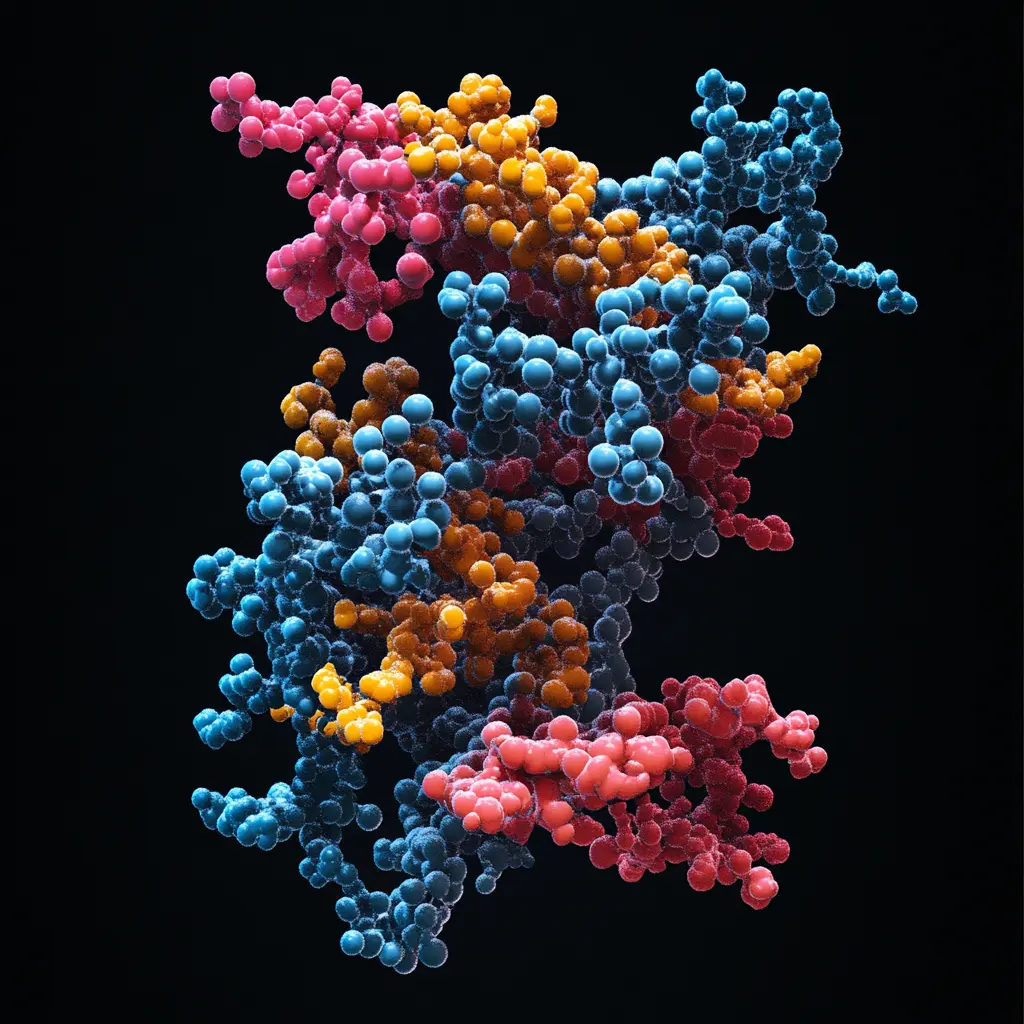
Ribosome: Protein Factory of the Cell and Translation
Imagine a car factory where robotic arms assemble vehicles piece by piece. If the assembly line stops, no cars are produced. Ribosomes work the same way in your cells. They read genetic instructions and build proteins, making sure everything in your body runs smoothly. Without ribosomes, life wouldn’t function. In this study guide, you’ll learn …

Mastering English Spelling Skills: A Complete Educational Guide
Improving your English spelling skills requires a step-by-step approach, combining an understanding of language patterns, effective techniques, and regular practice. This guide outlines proven methods to help you master spelling with practical strategies and examples. Chapter 1: Understanding English Spelling Basics Challenges of English Spelling English spelling presents numerous challenges due to its irregularities and …
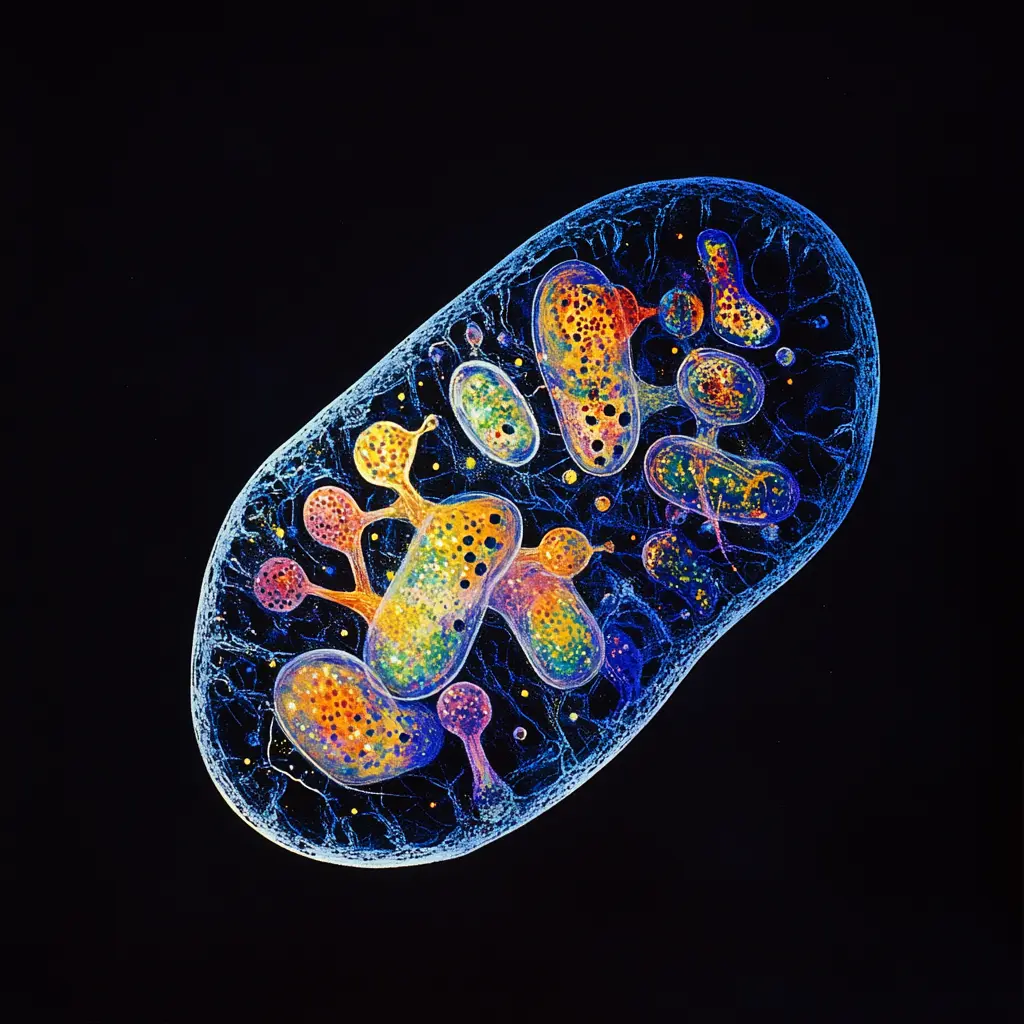
Mitochondria – The Powerhouse of Eukaryotic Cells
Think of mitochondria as the engines inside your cells, constantly producing energy to keep your body running. Without these tiny power plants, your muscles couldn’t move, your brain wouldn’t think, and your heart couldn’t beat. Their efficient energy production is why they are often called the “powerhouses of the cell.” This study guide explores mitochondria’s …

Understanding the Passive Voice in English: Definition and Rules
Understanding the Passive Voice in English In English, the passive voice is a way of structuring sentences in which the subject receives the verb’s action rather than performing it. This contrasts with the active voice, where the subject actively does the action. Passive constructions emphasize the “receiver” of the action rather than the “doer.” Typically, …

Commonly Confused English Words: A Guide to Mastering Usage
Why Are Some English Words Often Confused? The confusion surrounding many English words can be attributed to two main factors: the historical influences on English vocabulary and the presence of homophones, homonyms, and similar spellings. Historical Influences on English Vocabulary The English language’s rich history has significantly contributed to the confusion of many words. Originally …

What Are Conjunctions? Definition and Examples
What Are Conjunctions? Conjunctions are essential grammatical tools in English that link words, phrases, or clauses within a sentence. These connectors help create coherence in writing and speech by joining ideas, allowing for more detailed and meaningful expression of thoughts. For example, “I wanted to go for a walk, but it started raining” uses the …
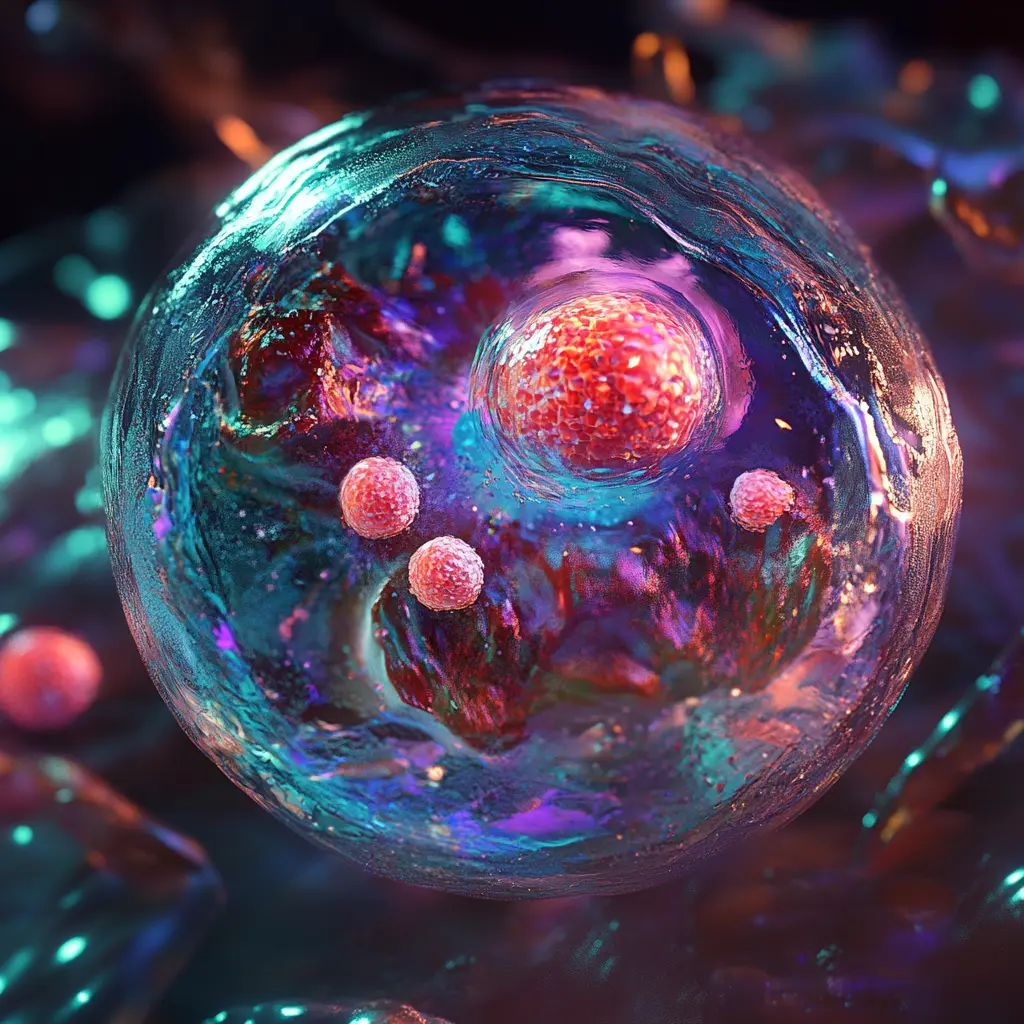
The Nucleus: Structure, Function, and Dynamics in Eukaryotic Cells
Imagine a conductor leading an orchestra where every instrument depends on precise coordination. The nucleus works the same way in eukaryotic cells. It organizes the cell by storing DNA, managing transcription, and producing RNA. Without the nucleus, cells cannot replicate or grow. Without this control center, cells could not replicate or grow effectively. In this …

Endoplasmic Reticulum: Protein Synthesis, Lipid Metabolism, and Cellular Transport
Imagine your cell as a bustling factory. The endoplasmic reticulum (ER) is like the assembly line, organizing the production and distribution of essential materials. It helps build proteins, process lipids, and store calcium, ensuring the smooth operation of the entire cell. Without its precise structure and coordination, the factory would fall apart. In this study …
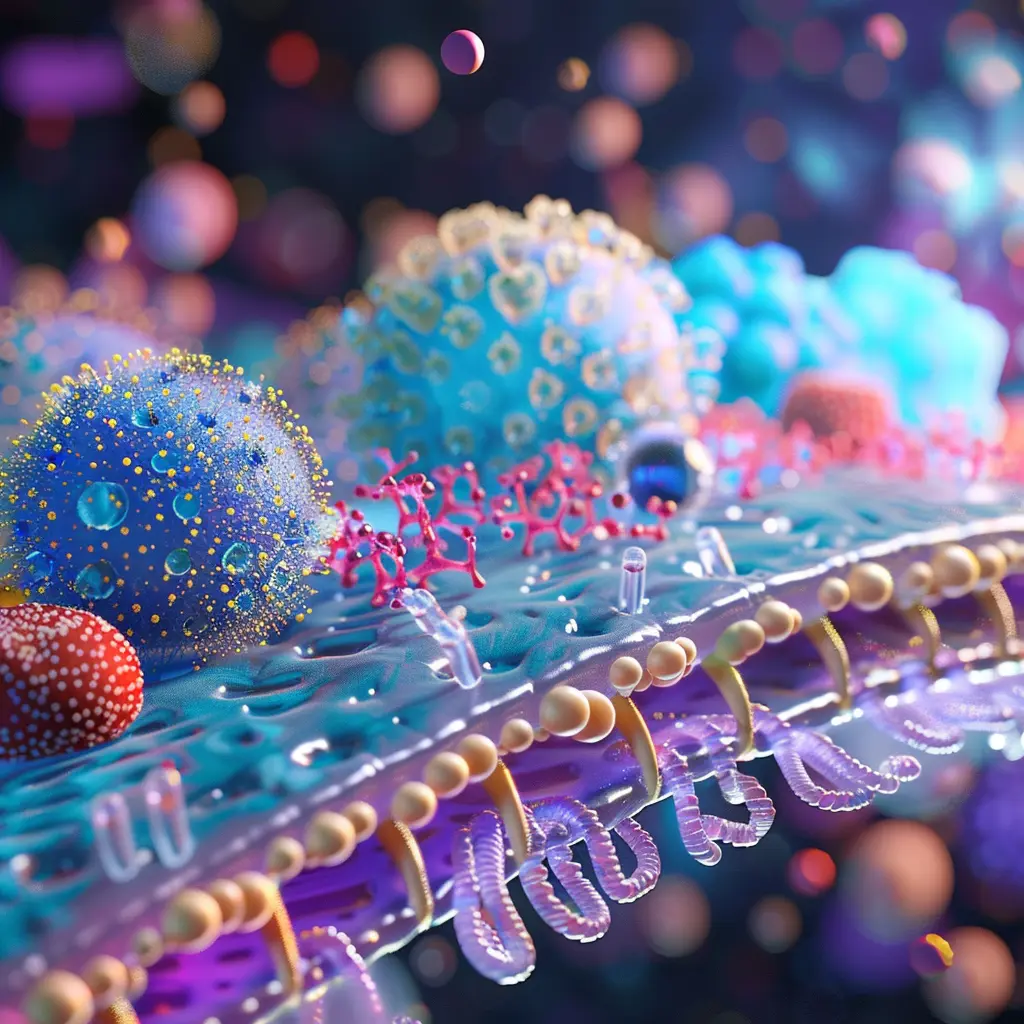
Cell Membrane: Structure, Components and Functions
Imagine a border checkpoint controlling what enters and leaves a country. The cell membrane works similarly, regulating what moves in and out of the cell. This selective barrier maintains the cell’s balance, protecting it from harmful substances while allowing essential materials like oxygen and nutrients to pass through. It also removes waste efficiently, keeping the …
